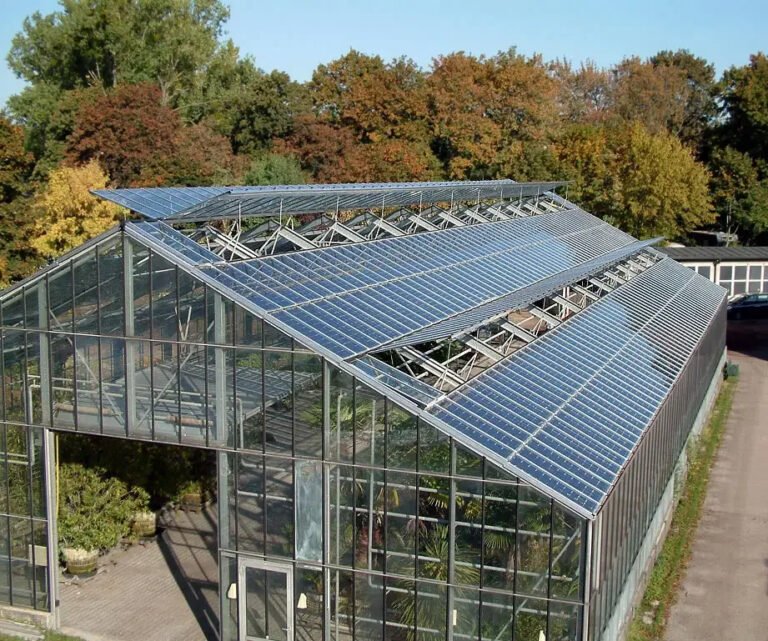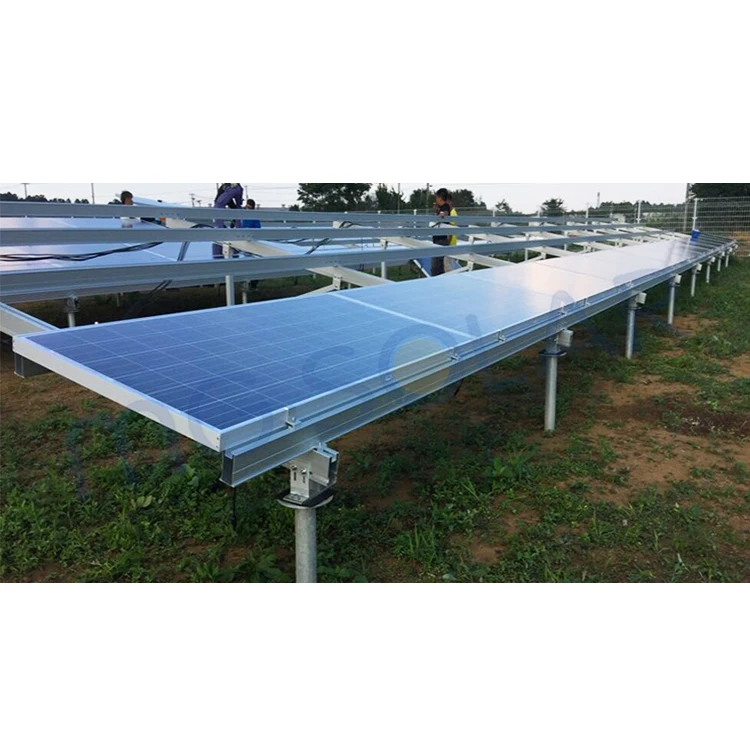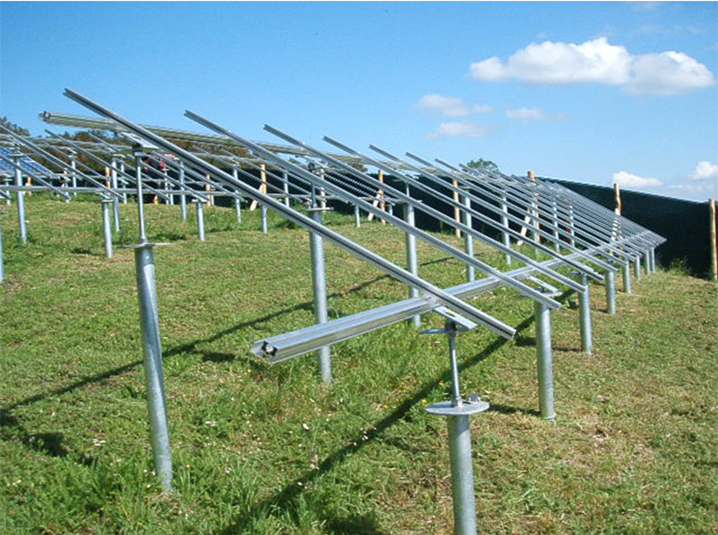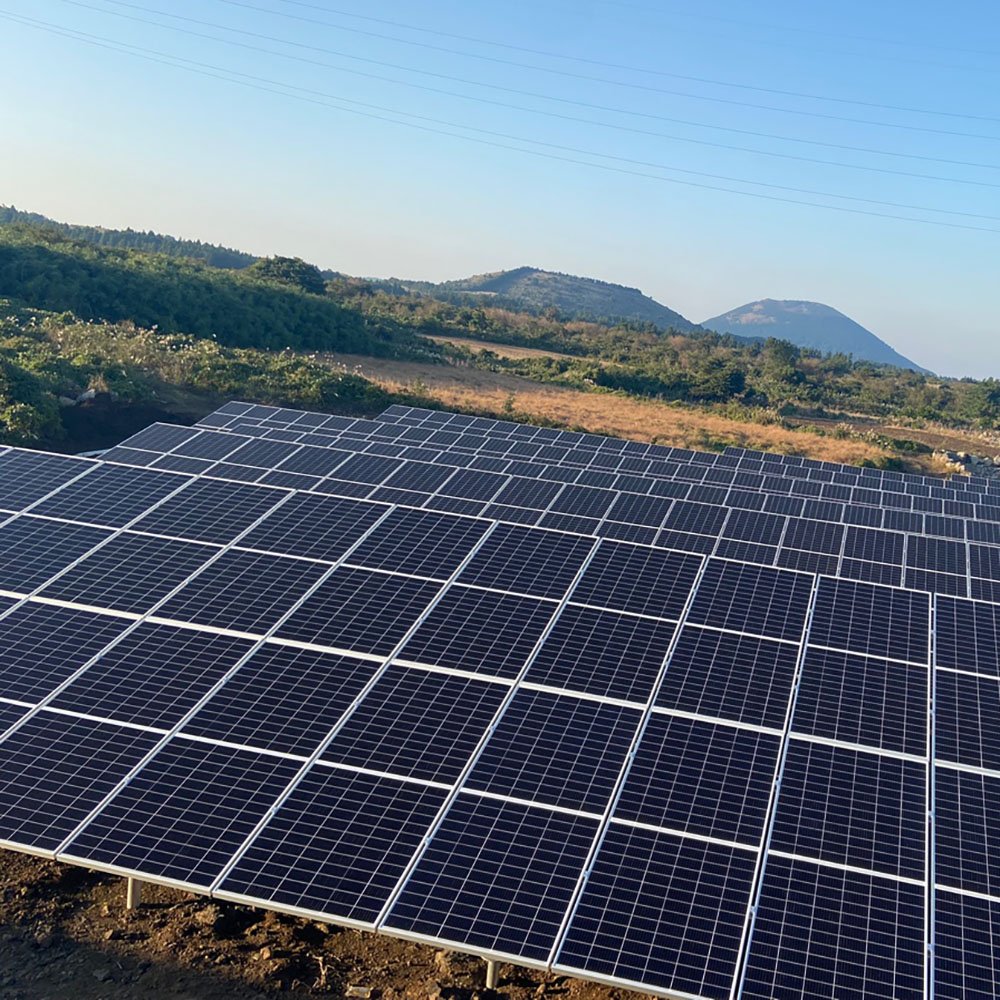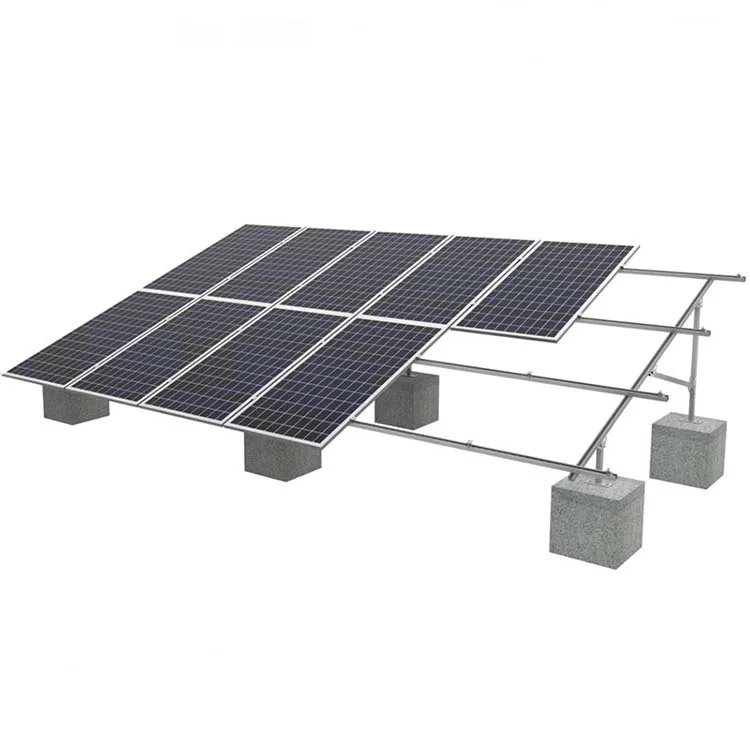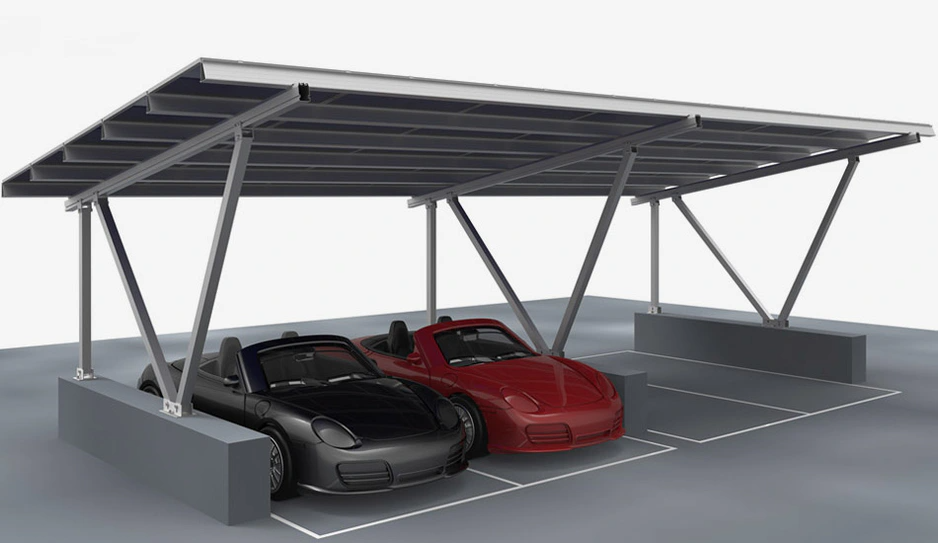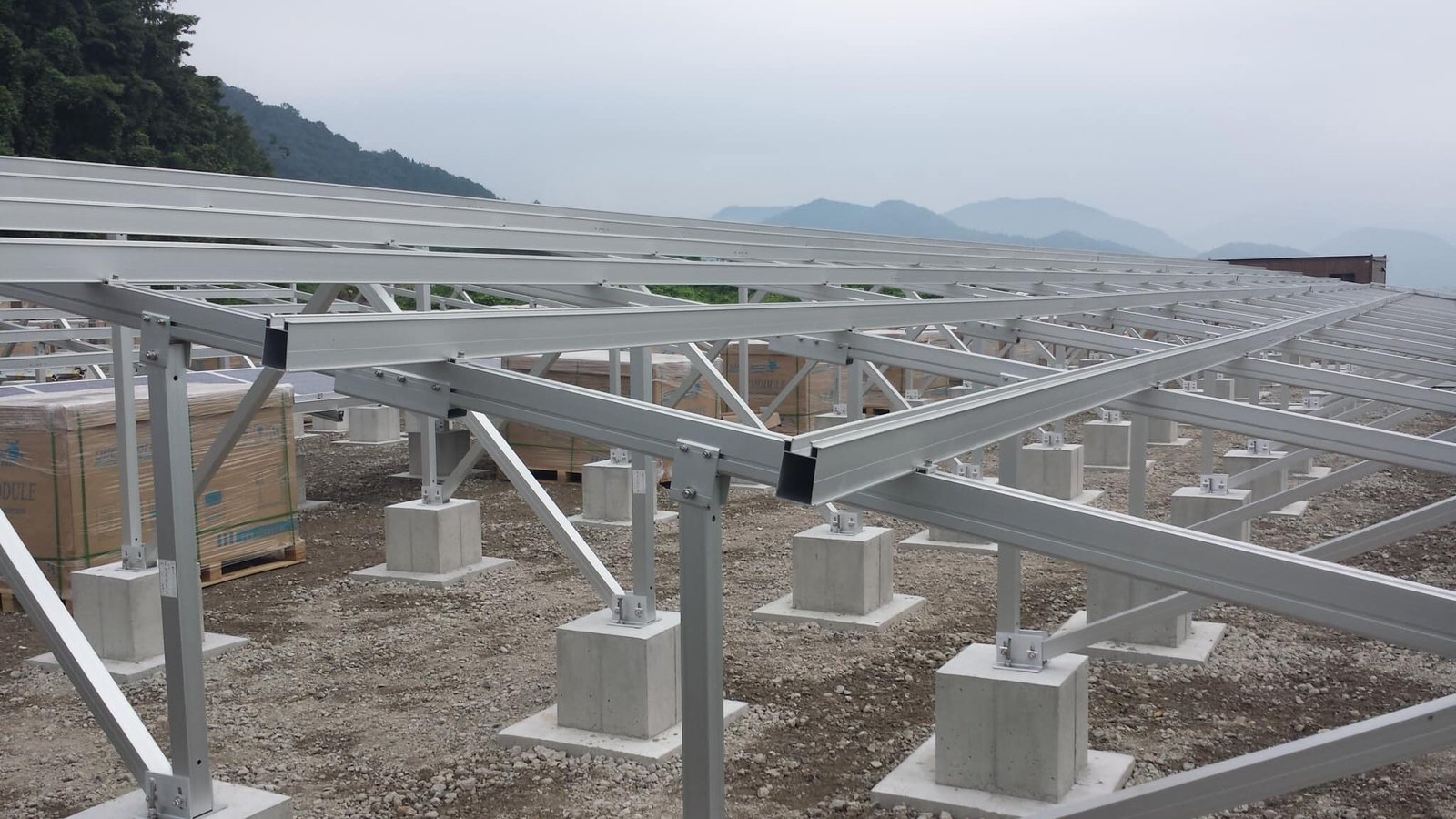-
中国福建省アモイ市海滄区興港一路322号2103室

Solar Panel Corrosion from Salt Damage: Impacts and Countermeasures
When planning solar power installations near coastlines, while excellent sunlight exposure promises increased energy yields, special attention must be paid to salt damage (corrosion). In this guide, we will explain what salt damage entails, how it affects solar power systems, and practical strategies to counteract it.

Table of Contents
What is Salt Damage in Solar Power Systems?
Salt damage refers to the corrosion caused when salt particles from seawater are carried by sea spray, wind, or dirt, and settle onto buildings, machinery, crops, and solar facilities located along coastlines. In solar installations, salt can impact the metal components, electrical wiring, and even concrete foundations.
Regional Classifications for Salt Damage
Different regions are classified according to their proximity to the sea:
- Salt-Affected Areas:
- Okinawa & Remote Islands: 500 m to 7 km+
- Hokkaido & Japan Sea side: 500 m to 7 km
- Inland Seas: 500 m to 1 km
- Others: 500 m to 2 km
- Severe Salt-Affected Areas: Within 500 meters from the coastline
- Reef-Adjacent Areas: Locations directly exposed to sea spray
In particular, solar installations in reef-adjacent and severe salt-affected areas are not recommended without substantial countermeasures.
Even in locations further inland, coastal winds and river systems can carry salt particles much farther than expected. Always conduct a thorough on-site survey before installation.
How Does Salt Damage Impact Solar Power Systems?
Effects on Solar Panels
Most modern solar panels are certified for installation in salt-affected areas and are resistant to direct corrosion. However, internal wiring may still suffer from salt-induced deterioration over time.
Effects on Mounting Systems
Metal parts such as bolts, nuts, and frames are highly vulnerable to rust if not properly protected. Even concrete bases can absorb salt, transferring corrosion up to the mounting system.
- Recommended solution: Use corrosion-resistant Ground Solar Mounting Systems designed for harsh environments.
Effects on Power Conditioners (Inverters)
Screws, connectors, and internal circuits can corrode, leading to performance degradation. Even with rain washing away salt on exposed surfaces, internal components may still accumulate salt, accelerating wear.
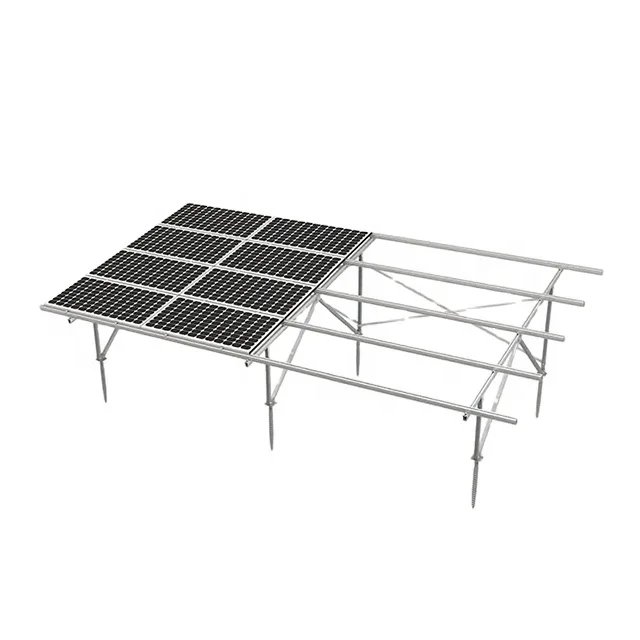
Practical Countermeasures Against Salt Damage
1. Install Power Conditioners Indoors
Where possible, inverters should be placed inside buildings to limit exposure. Make sure to also seal the installation site to minimize salt infiltration.
2. Adopt Corrosion Prevention Measures
Use materials treated for rust and corrosion resistance, such as hot-dip galvanized steel or specially coated aluminum.
- Example Product: C-Steel Ground Mount – Screw Pile Foundation with anti-corrosion treatments.
3. Strengthen Insulation Components
Employ durable insulation materials, such as salt-resistant glass or silicon coatings, to protect vulnerable parts from direct salt exposure.
4. Regular Salt Removal
Remove accumulated salt periodically using pure water or specialized cleaning solutions, before salt concentration becomes problematic.
5. Choose Contractors with Local Experience
Installation methods must vary according to microclimates. Always choose contractors with proven experience in local coastal installations.
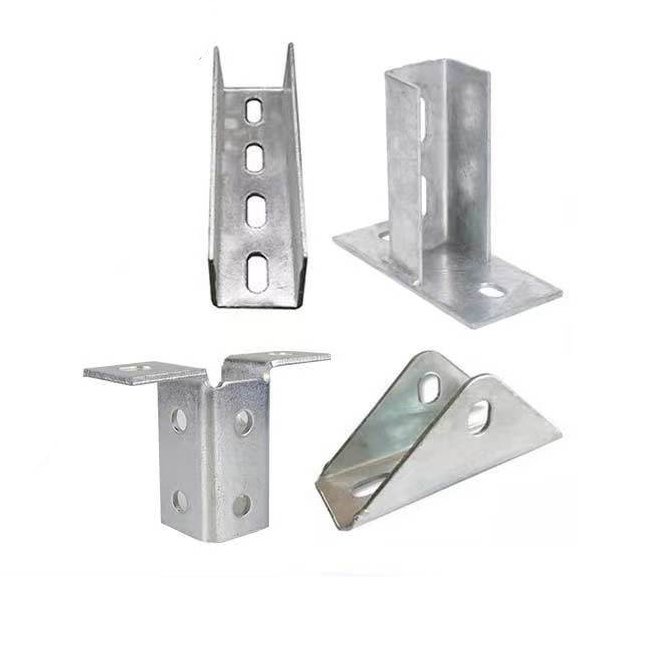
How Major Manufacturers Are Addressing Salt Damage
Leading manufacturers have taken various initiatives to mitigate salt-related risks:
- Kyocera: Successfully passed third-party salt spray testing by TÜV Rheinland.
- Sharp: Offers special salt-resistant modules and components for heavy salt areas.
- Mitsubishi Electric: Reinforced the panel backsheets with triple-layer barriers and uses corrosion-resistant coatings for frames and fasteners.
Tip: Always verify whether a product’s warranty covers installations in salt-affected areas before proceeding.
Conclusion: Solar Installations in Salt-Affected Areas Require Strategic Measures
Coastal regions, like much of Japan, are ideal for solar energy harvesting but bring significant risks of salt damage. While sunlight is abundant, without proper countermeasures, system degradation can be rapid and costly.
Before proceeding with a coastal solar project:
- Use corrosion-proof mounting systems like Aluminum Ground Mounts.
- Ensure regular inspections and maintenance for early detection.
- Select equipment and installers experienced in coastal environments.
With careful planning and proactive maintenance, solar projects can thrive even under challenging coastal conditions.

